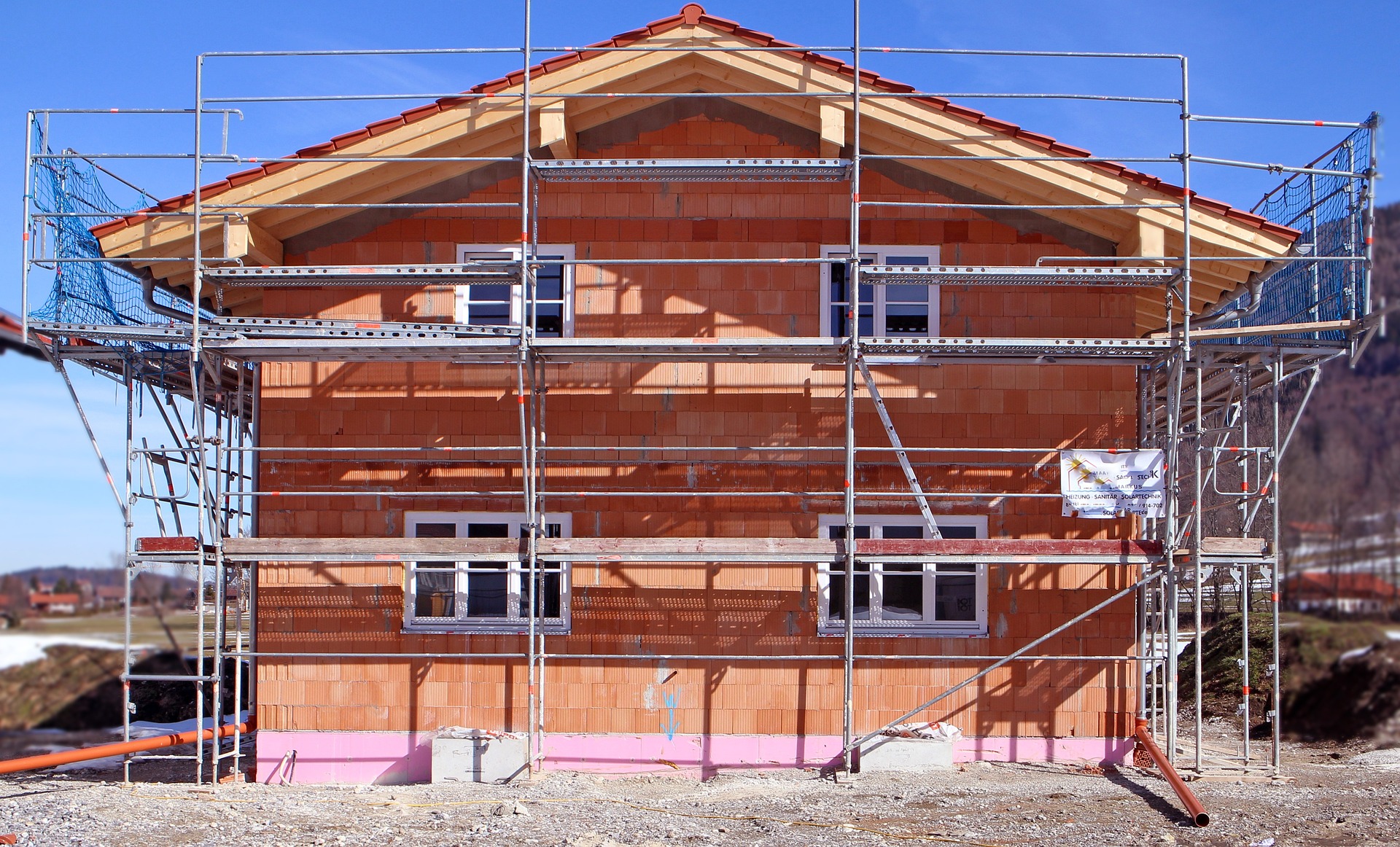Container Homes: Affordable, Stylish, and Sustainable Living Solutions
Shipping container homes represent an innovative housing solution that has gained significant traction in recent years. These dwellings repurpose steel shipping containers—the same rectangular metal structures used to transport goods across oceans—into functional living spaces. With sustainability concerns mounting and housing costs rising globally, container homes offer an alternative approach to traditional construction that addresses environmental impact while providing affordable housing options. The versatility of these structures allows for customization ranging from minimalist single-container tiny homes to elaborate multi-container estates, appealing to various lifestyle preferences and budgets.

What Makes Container Homes an Affordable Housing Alternative?
Container homes typically cost significantly less than traditional houses, with basic models starting from $10,000 to $35,000 for a single-container structure. This affordability stems from the relatively low cost of acquiring used shipping containers, which can range from $1,500 to $5,000 depending on size, condition, and location. Construction costs are also reduced due to the existing structural framework, which eliminates substantial framing expenses associated with conventional building methods.
Beyond the initial purchase, container homes offer long-term financial benefits through energy efficiency. The compact nature of these dwellings requires less energy for heating and cooling, particularly when proper insulation is installed. Additionally, the modular nature of containers allows homeowners to expand their living space incrementally as budget permits, rather than committing to a large mortgage upfront.
How Container Homes Combine Functionality with Modern Style
Despite their industrial origins, container homes have become synonymous with contemporary architectural design. Their clean lines and modular form provide an excellent canvas for modern aesthetics. Architects and homeowners have embraced the challenge of transforming utilitarian structures into visually striking residences through creative window placements, strategic cutouts, and innovative stacking configurations.
Interior design approaches for container homes often emphasize space optimization through multi-functional furniture, clever storage solutions, and open-concept layouts. The inherent constraints of container dimensions have inspired ingenious design solutions that maximize functionality without sacrificing style. High ceilings, large windows, and sliding doors can create a sense of spaciousness despite the limited square footage, while industrial elements like exposed metal and ductwork can be incorporated as design features rather than concealed.
Why Are Container Homes Considered Environmentally Sustainable?
The sustainability credentials of container homes begin with the fundamental concept of adaptive reuse. Repurposing shipping containers—of which millions sit unused in ports worldwide—diverts substantial metal waste from potential landfills or energy-intensive recycling processes. A standard 40-foot container reuses approximately 7,700 pounds of steel, reducing the demand for new construction materials and the associated carbon emissions.
Container homes also offer environmental benefits through their smaller footprint, both physically and in terms of resource consumption. Their compact size necessitates less land disruption during construction and fewer building materials overall. When designed with sustainability in mind, these homes can incorporate numerous eco-friendly features such as rainwater collection systems, solar panels, green roofs, and high-efficiency appliances. The steel structure also provides excellent durability against weather elements, potentially extending the lifespan of the home beyond traditional wooden structures.
What Technical Considerations Are Important for Container Home Construction?
Despite their apparent simplicity, container homes require careful planning and specialized knowledge. Structural modifications must be approached with engineering expertise, as cutting openings for doors and windows can compromise the container’s integral strength. Reinforcement is typically necessary around these openings to maintain structural integrity, particularly when stacking or cantilevering multiple containers.
Insulation represents another critical technical consideration, as steel conducts heat and cold efficiently—making unmodified containers uncomfortable in most climates. Various insulation approaches exist, including spray foam, panel systems, and exterior cladding, each with different implications for interior space, moisture management, and thermal performance. Similarly, addressing condensation issues through proper ventilation and moisture barriers is essential to prevent mold growth and metal corrosion.
Local building codes and zoning regulations present additional technical hurdles. Many jurisdictions have not specifically addressed container construction in their codes, creating potential regulatory challenges. Prospective container home builders must navigate permitting requirements, foundation specifications, electrical and plumbing standards, and sometimes restrictive housing covenants that may prohibit non-traditional structures.
What Is the Real Cost of Building and Maintaining a Container Home?
The complete cost picture for container homes varies widely based on location, design complexity, and finish levels. While basic single-container homes might start around $15,000 for DIY enthusiasts, professionally built container homes typically range from $100 to $200 per square foot—placing a modest 320-square-foot home between $32,000 and $64,000. Luxury container homes with high-end finishes and complex designs can exceed $250 per square foot.
| Cost Category | Budget Range | Mid-Range | Premium |
|---|---|---|---|
| Single Container (20ft) | $10,000-$35,000 | $35,000-$75,000 | $75,000+ |
| Multi-Container Home | $50,000-$100,000 | $100,000-$200,000 | $200,000+ |
| Foundation Work | $5,000-$8,000 | $8,000-$15,000 | $15,000+ |
| Insulation | $1,500-$3,000 | $3,000-$6,000 | $6,000+ |
| Electrical & Plumbing | $5,000-$10,000 | $10,000-$20,000 | $20,000+ |
Prices, rates, or cost estimates mentioned in this article are based on the latest available information but may change over time. Independent research is advised before making financial decisions.
Maintenance costs for container homes can differ from traditional housing. While the steel structure resists many common issues like termites and rot, it requires monitoring for rust and corrosion, particularly in humid or coastal environments. Specialized skills may be needed for repairs involving the steel framework, though many interior maintenance requirements remain similar to conventional homes.
Why Are Container Homes Gaining Popularity Worldwide?
The global appeal of container homes stems from their versatility across diverse contexts. In densely populated urban areas, they offer affordable housing solutions on small lots or as accessory dwelling units. In remote locations, they provide durable shelter that can be largely prefabricated off-site and transported to areas with limited construction resources. For disaster relief, their rapid deployment capability makes them valuable temporary housing that can later transition to permanent use.
The aesthetic appeal of container architecture has also contributed to their popularity, with social media platforms showcasing innovative designs that challenge traditional housing norms. This visibility has helped normalize container homes as legitimate housing options rather than merely alternative or fringe dwellings. As environmental consciousness grows globally, the sustainability aspects of container homes increasingly align with broader societal values around resource conservation and ecological responsibility.
Container homes represent a compelling intersection of affordability, design flexibility, and environmental consciousness. While they present unique challenges in construction and regulation, their benefits continue to drive adoption across diverse contexts worldwide, suggesting they will remain a significant part of the evolving housing landscape.




